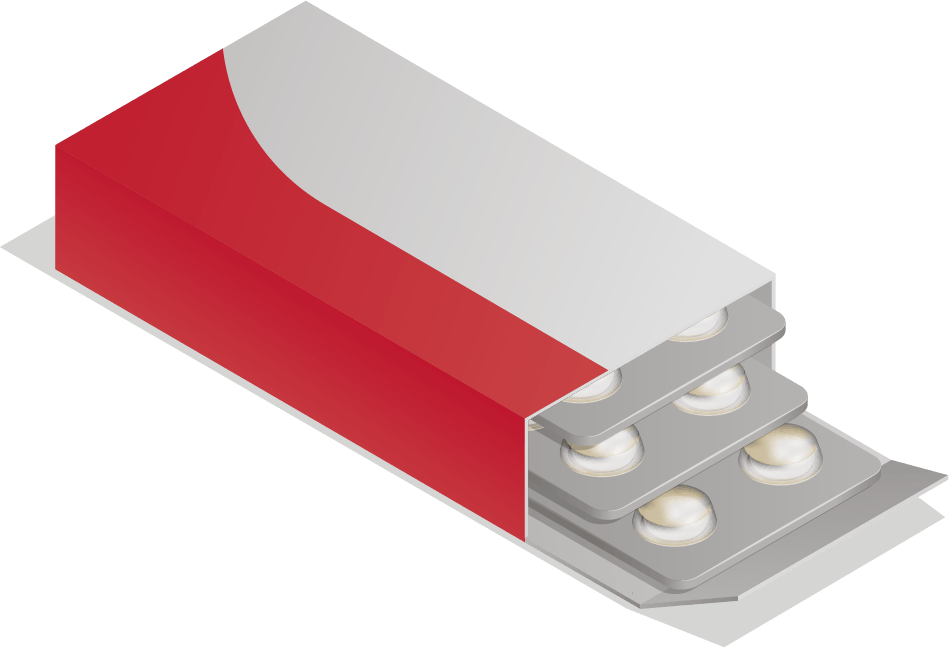Drug repositioning and drug repurposing are often used interchangeably. They can be broadly defined as the use of a therapeutic agent in an indication other than the one for which it was initially developed. While both terms can be found in the literature, several authors make a distinction between the two notions. Indeed, drug repositioning can be considered as “the development of an agent for an indication other than the one it was originally intended for” while drug repurposing can be defined as “the application of established drug compounds to new therapeutic indications”.

To understand the potential benefit of drug repurposing / repositioning it is important to keep in mind that drug discovery and development is a lengthy (12-15 years, or more) and costly (several billions of €) process. Part of the time and cost is due to the need to thoroughly assess the pharmacokinetic (PK) and safety profiles of the developed drug, first in preclinical and then in clinical studies.
Thus, one clear advantage of drug repurposing / repositioning is that the safety profile of the candidate has already been established. This means that there is no need for additional preclinical assessment of the safety profiles of the molecule being developed. As a consequence, the cost of development is drastically reduced. Besides, repurposing / repositioning also “de-risks” the development of the molecule as the risk of failure due to toxicity is largely reduced. In this context, previously marketed drugs (see two examples below) are even more advantageous compared to drugs that have been developed until the clinical trials but that never reached the market as the developer has access to post-marketing (i.e. “real life”) data.

Drug repositioning / repurposing can be very valuable, especially in areas where the attrition rate during drug development is very high (typically for CNS diseases) or for neglected / orphan diseases. In the context of CNS diseases, drug repositioning / repurposing can be illustrated with two examples. Fenfluramine, originally developed for weight loss and later withdrawn from the market, received a new marketing authorization from the EMA in 2020 as a treatment for several forms of epilepsy. Amantadine was originally marketed as a prophylactic anti-influenza virus drug but was later approved (in 2017) by the FDA for the treatment of dyskinesia in patients with Parkinson’s disease receiving levodopa.
Thus, the question is: “are there any research efforts in “repurposing” drugs in the context of MS?” Before delving in the current efforts, we can mention that dimethylfumarate was already on the market as an anti-psoriasis drug before being approved by the FDA in 2013 as treatment for MS.

Current repurposing / repositioning efforts include:
- Statins (e.g. atorvastatin), originally developed to lower cholesterol levels, were suggested to be helpful for treating MS in part due to their anti-inflammatory and immunomodulatory properties. However, the data obtained from controlled clinical trials are less supportive. Indeed, while they might have beneficial effects on the inflammatory component of the disease, reducing cholesterol levels may negatively affect the remyelinating processes.
- Clemastine is a well know antihistaminergic drug used to manage allergies. It was shown to induce remyelination in vitro and in several animal models of MS. In the ReBUILD Phase II clinical trial, clemastine improved myelination-related parameters supporting the positive preclinical data. However, in the more recent TRAP-MS trial, the clemastine-treated arm of the study had to be halted due to increased disability accumulation in patients with non-lesional MS activity.
- Metformin is the main first-line treatment for type II diabetes. Several in vitro and in vivo preclinical studies have shown that metformin can have a positive effect on oligodendrocyte progenitor cell (OPC) differentiation and remyelination processes. A clinical trial involving patients with obesity and MS found that metformin use was associated with a significant decrease in the number of T2 lesions and gadolinium-enhancing lesions. Several ongoing clinical trials are further investigating the safety and efficacy of metformin as treatment for MS. Of note, in Belgium the ongoing MACSiMiSE-BRAIN clinical trial will assess if metformin can prevent clinical disability in patients with progressive MS by enhancing remyelination.

Several Bruton tyrosine kinase inhibitors (e.g. HERCULES; EVOLUTION RMS) and the phosphodiesterase 4 inhibitor Ibudilast (e.g. NN102/SPRINT-MS) are other examples of current repurposing / repositioning efforts.
While in the past serendipity was the main route for repurposing / repositioning, the increasing knowledge on the mechanisms behind MS and the expanding use of data mining and AI approaches should facilitate the repurposing efforts in the context of MS.
